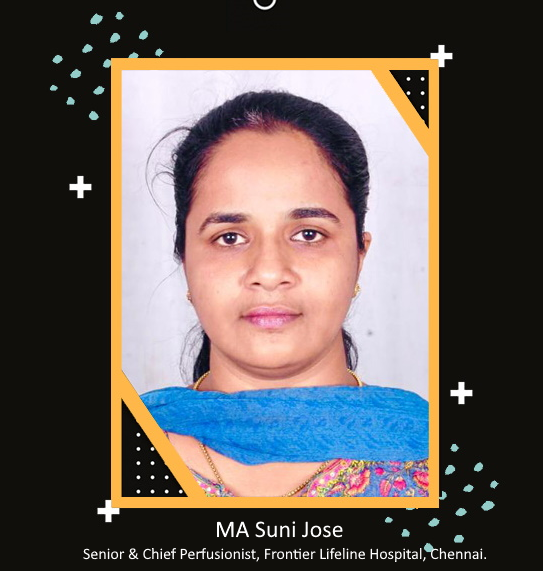
Safety the first priority in CPB
Modern CPB has evolved far too much than we ever dreamed of. Way back in the era of bubble
oxygenator, accidents were common but now CPB related accidents are near negligible due to latest
techniques.
Do not think because an accident hasn’t happened to you that it can’t happen. Safety isn’t expensive, its
priceless. Safety is a state of mind. A safe conduct of CPB is the joint responsibility of surgeons,
anaesthetists, and clinical perfusionists. It requires a high level of communication between team
members. The safety of CPB remains the primary responsibility of perfusionists who must be present at
all times.
General Recommendation:
Adequate records of monitoring should be kept at all times and where a variable is monitored, it should
be regularly recorded. Records should be stored manually or electronically.
Monitoring of clinical parameters acquired directly from patients:
The following should be monitored and recorded continually:-
- ECG
- Systemic arterial pressure
- Central venous pressure
- Core body temperature
- Urinary output
- Pulse oxymetry
- ETCO2
- BIS or NRIS
Monitoring associated with CPB circuit:
- Oxygen saturation of venous and arterial line
- Continuity of fresh gas flow to oxygenator
- Blood flow rate
- Arterial line pressure
- Cardioplegia delivery line pressure and temperature
- Temperature of blood and water in haemotherm
- Fluid input and output
- Continuous inline monitoring
- ABG
- Electrolytes
- Sugar
- Lactase
- Heparin dose, platelet function, clotting studies, TEG
Safety Devices
- Power failure alarm
- Battery backup
- Battery power torch
- Bubble and level detector
- Retrograde flow alarm
- Anesthesia gas scavenger apparatus
- Increased temperature and pressure alarm
- Cardioplegia should be slaved to main CPB
- Hand cranks should be available
- Sucker and vent should be checked
It is better to be recognized as a safe perfusionist .because the patient trusts and comes to the hospital
Ms. Suni Jose

